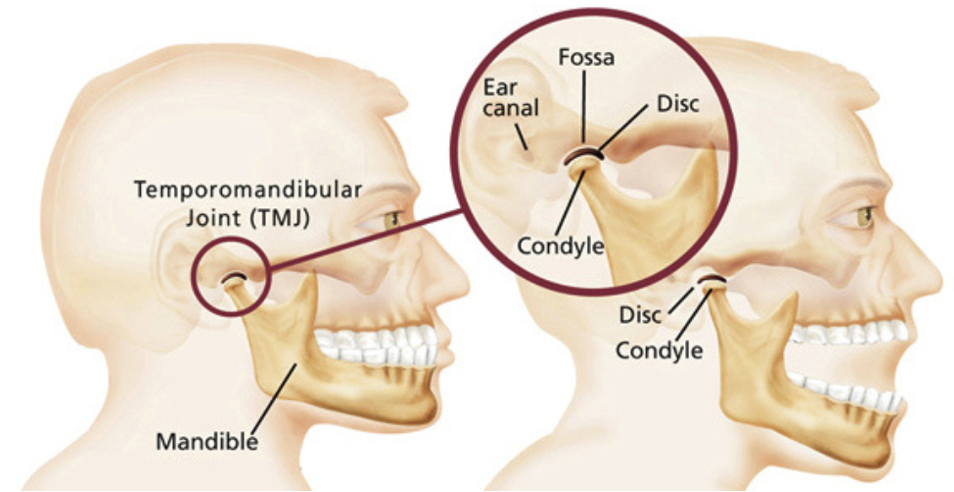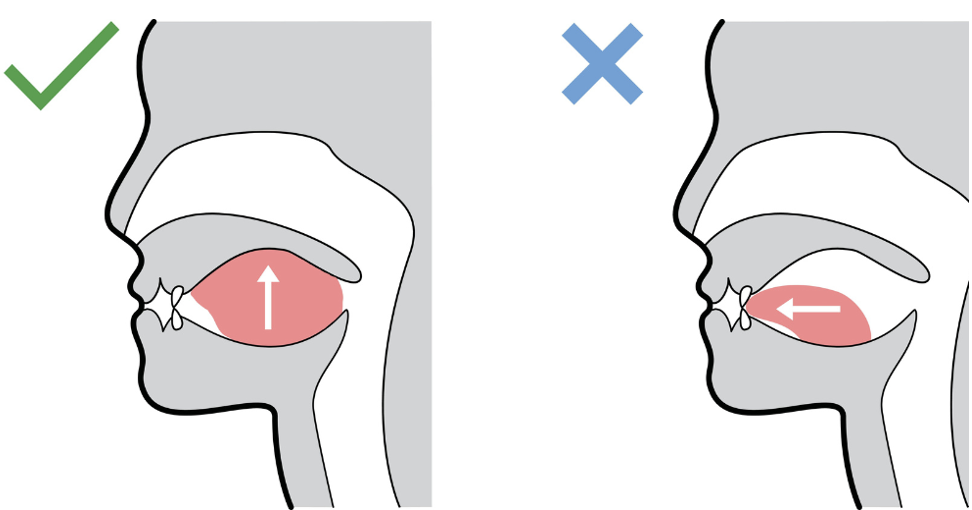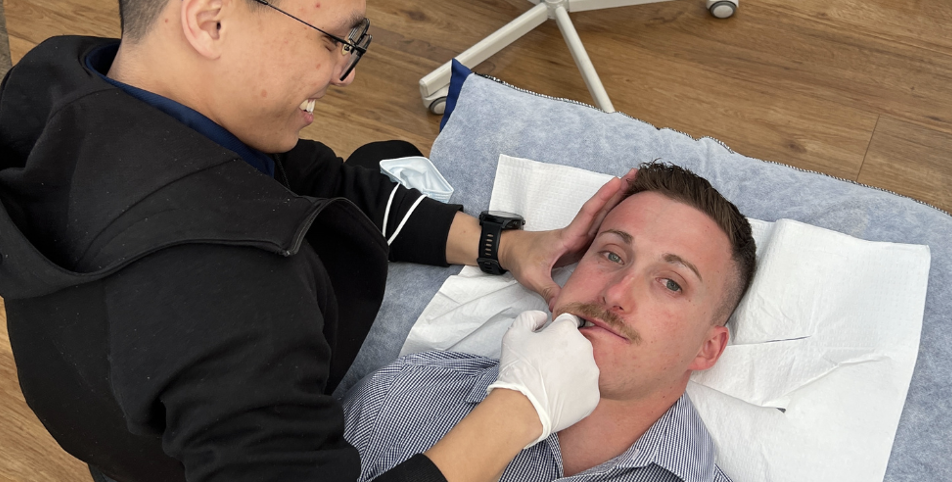TMJ Dysfunction 101 – How Can Physiotherapy Help With Jaw Pain
Monday, May 29, 2023
What is one of the most used joints in the body? It’s the jaw! Also known as TMJ which stands for temporomandibular joint.
Whether is it clicking, grinding, locking, or the lack of motion when opening your mouth, physiotherapy can be an effective treatment by providing pain relief and helping improve jaw function. Find out more about TMJ dysfunction along with how physiotherapy can help.
What is TMJ?
The temporomandibular joint or TMJ is known as the joint connecting your jawbone to your skull. The joint is composed of the mandible and temporal bone which is separated by an articular disc. The articular disc attaches to the muscles, connective tissue, and joint capsule.
Multiple movements occur at the TMJ as each of these movements are performed by a number of muscles working together to produce functions. The musculation of the jaw is complex and it enables us to chew, speak, shallow, breathe, and grind. A fun fact, it is the most frequently used joint in the body!
What Causes TMJ Dysfunction?
There can be various causes and contributing factors leading to a TMJ dysfunction. A major factor in the development of TJM dysfunction is bruxing (also known as grinding of the teeth) potentially due to stress. Grinding or clenching which can cause asymmetrical alignment and increase loading on the joint. Other factors include overactive muscles, displacement of the articular disc, over/underbite, direct trauma, stress or even a recent visit to the dentist. As we age, the joint wears and tears - classic old arthritis could be the problem.

What are Signs & Symptoms of TMJ Dysfunction?
TMJ dysfunction can present with pain in the neck, face (typically around the jaw), ear, or teeth. Other local symptoms can include headaches, limitation in jaw movement, difficulties eating hard food, decreased ability to open or close the jaw, crepitus (audible sound or sensation), or clicking. Face numbness, eye-twitch, pain behind the eye, blocked ear, tinnitus (ear-ringing), and sinus problems can also be symptoms associated with TMJ dysfunction.
What does a resting jaw look like?
Check in with your jaw right now! Everyone’s jaw has a resting position.
Some key questions to ask are: Are your teeth together or apart? Are you clenching, tensing, or relaxing your jaw muscles? Where is your tongue resting?
Here are key 3 pointers to getting a resting jaw:
· Teeth slightly apart - The teeth are supposed to make contact during eating and swallowing, not at any other times
· Relaxed muscles & lips - Our lips should be touching rather than being forced closed. There should not be any discomfort including straining or clenching
· Tongue against the roof of your mouth - Place the tongue against the roof of your mouth (as if you were saying the letter ‘N’)

How will Physiotherapy help TMJ dysfunction?
The goals of physiotherapy treatment include (1) decreasing joint pain, (2) increasing joint function, and (3) preventing further damage or deterioration.
Management of TMJ dysfunction is a conservative (non-surgical) approach and physiotherapists can work alongside your dental practitioner to achieve a positive outcome. Other management alternatives can include splints, botox, cortisone injections, arthroscopy and joint replacement as appropriate and for severe cases.
Physiotherapy will include an assessment including subjective history, jaw range of motion, movement pattern, muscle tension, and along with neck and postural assessment. Treatment is aimed to improve or restore normal alignment of the jaw. Manual therapy includes soft tissue massage, TMJ mobilisation technique, joint capsule stretches, treatment of the neck and upper back, and last but not least some exercises and self-management strategies.
TMJ dysfunction can cause pain and discomfort. Most people with TMJ dysfunction present with painless clicking in the jaw, however it is best to look at the big picture as it can wear and tear the joint. Physiotherapy for jaw pain can help reduce symptoms, increase jaw mobility, and support you with self-management strategies. If you are experiencing issues with your TMJ, book an appointment with our physiotherapist today.

Reference
Herrera-Valencia, A., Ruiz-Muñoz, M., Martin-Martin, J., Cuesta-Vargas, A., & González-Sánchez, M. (2020). Efficacy of manual therapy in temporomandibular joint disorders and its medium-and long-term effects on pain and maximum mouth opening: a systematic review and meta-analysis. Journal of Clinical Medicine, 9(11), 3404.
Kyburz, K. S., Eliades, T., & Papageorgiou, S. N. (2019). What effect does functional appliance treatment have on the temporomandibular joint? A systematic review with meta-analysis. Progress in Orthodontics, 20, 1-13.
Pantoja, L. L. Q., de Toledo, I. P., Pupo, Y. M., Porporatti, A. L., De Luca Canto, G., Zwir, L. F., & Guerra, E. N. S. (2019). Prevalence of degenerative joint disease of the temporomandibular joint: a systematic review. Clinical Oral Investigations, 23, 2475-2488.
![]() Written on behalf of Physio Inq Camden
Written on behalf of Physio Inq Camden
